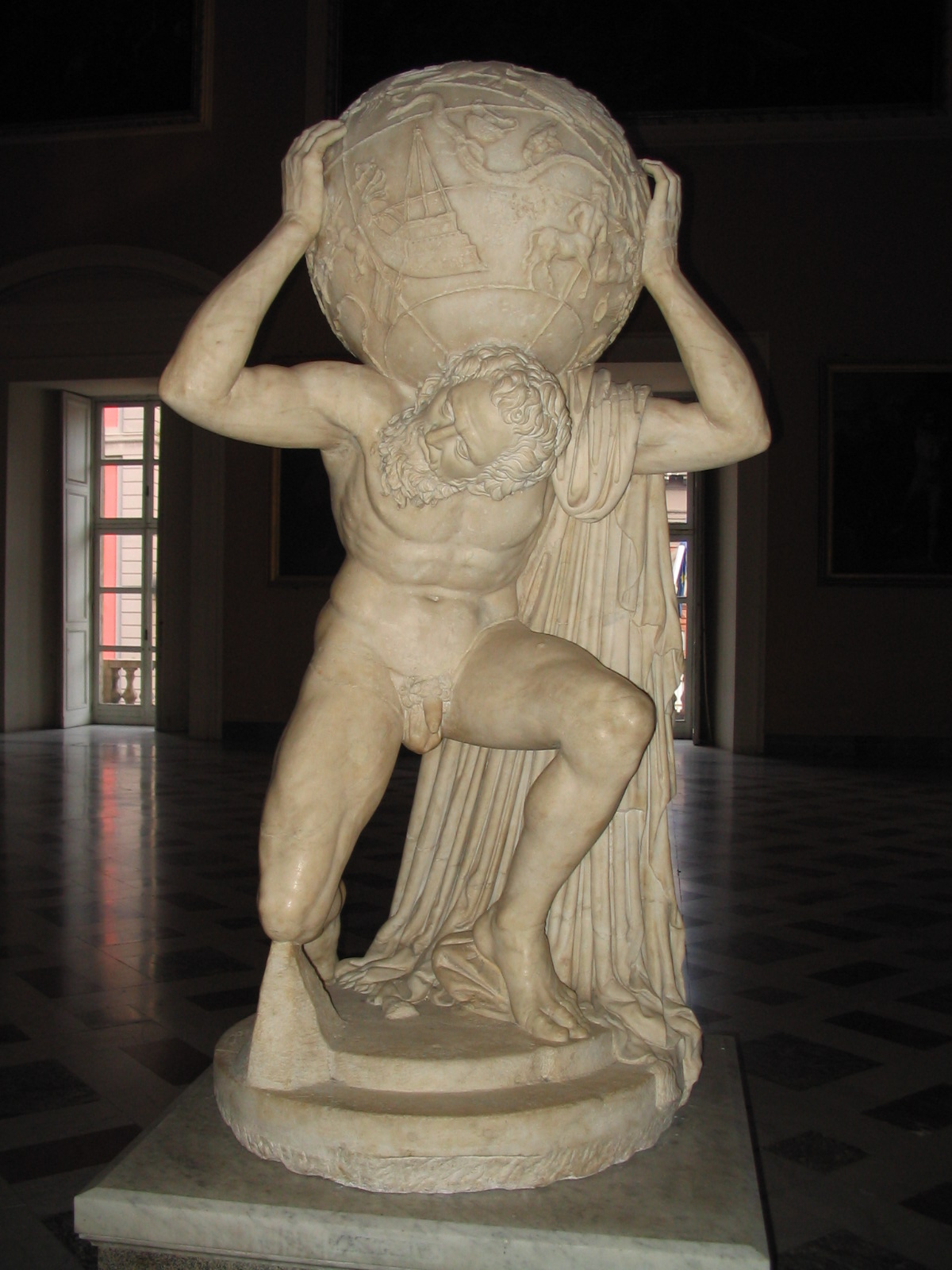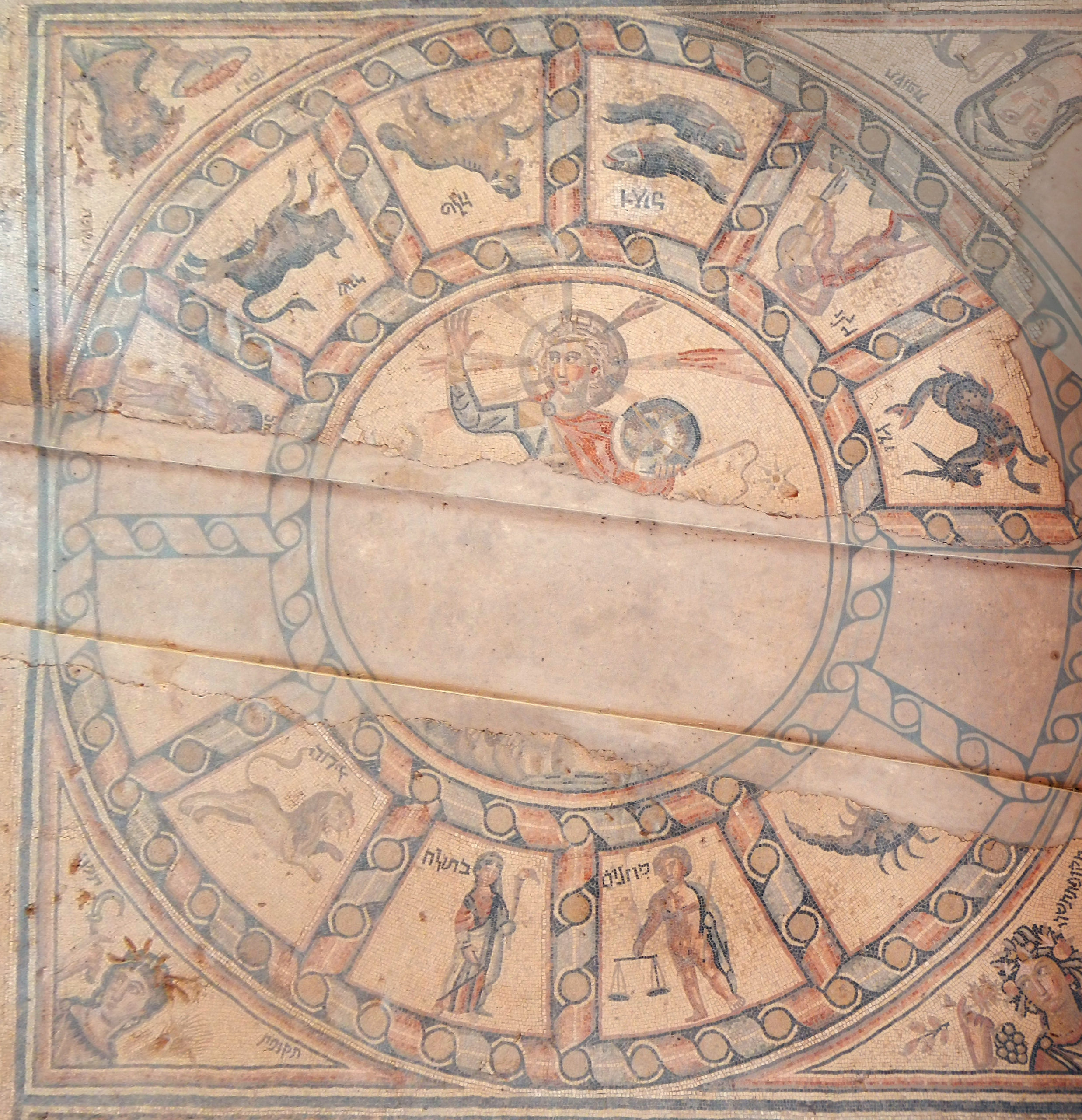Before diving into this project, I wanted to take a moment to explore Toomer's comment in his translation of the Almagest. Specifically, Toomer stated:
If this is such an interesting project, why has it not been addressed previously?
Before answering, I should emphasize the difference between what Toomer is referring to and what this project encompasses. Specifically, Toomer is discussing an investigation that goes beyond the text of the Almagest. It would require the inclusion of additional sources to determine how Ptolemy envisioned the night sky. However, this begs the question of "what sources?"
Unfortunately, the success of the Almagest was the demise of a great deal of other astronomy. Ptolemy's text was so comprehensive and authoritative that other texts fell into obscurity and have since been lost to time. Why meticulously copy other texts when the Almagest was the one stop shop for all your astronomical needs?
As such, I can think of very few other sources that could serve this purpose.
The best of them is the Farnese Atlas. This statue is held to have been created in the 2nd century CE which places its creation just after the time of Ptolemy's Almagest. Better still, the detailed layout of the constellations suggests that it was based on actual astronomical data. As such, we may be tempted to believe that these constellations should align precisely with those in the Almagest.
Unfortunately, this has been investigated and things don't quite line up.
Dr. Dr. Susanne M Hoffmann of Freidrich Schiller University Jena, gave some of her students a project of attempting to recreate the Ptolemaic constellations looking at other sources. According to her,
Although Dr. Dr. Hoffmann did not ultimately did not go further in attempting to recreate the Ptolemaic figures, she and her students did create a set of stick-figures for the Almagest data based on Ptolemy's descriptions. These were made available in Stellarium and can be viewed by going to the Sky and viewing options > Starlore and selecting "Greek (Almagest)" from the list at left.
She also made the comparison to the Farnese Atlas available by selecting "Greek (Farnese + Almagest)." And quickly we can see that the two don't line up particularly well.

Take, for example, this depiction of Ophiuchus (the serpent bearer) and Serpens. We can clearly see that the figure of the serpent is significantly out of alignment with the stars themselves.
On one hand, we can chalk this up to artist interpretation, but researchers also believe that this statue was not an original and quite likely copied from earlier, Hellenistic (~323 BCE - 21 BCE) version. If that was the case, it may be that the constellations are intended to represent the star catalog of the astronomer Hipparchus. However, other evidence suggests otherwise (.pdf).
As such, while the Farnese Atlas may provide a loose understanding of how the constellations were viewed, it cannot be an accurate one and thus. As Dr. Dr. Hoffmann points out, it lacks "exactitude."
However, this does not mean it cannot be looked at as a source of inspiration for this project. And if that is to be a standard, then there are quickly several more interesting depictions that spring to mind.

Because the zodiac is so central to astrology, the figures of it arise in a great deal of artwork, even in places you wouldn't expect it.
My favorite example of this is in a Roman styled mosaic in the Jewish synagogue in Hammath Tiberias. This synagogue dates to the 3rd-4th century giving a reasonably close timeframe to Ptolemy.
Here, we can see portions of ten of the twelve zodiac signs. The stripe running across this is were a wall was later built, which destroyed the underlying mosaic. The portion there is a reconstruction that lacks the images. Regardless, the constellations we can still see are immediately recognizable.
Similar mosaic zodiacs also exist in the Tzippori synagogue (unknown date), the Beit Alpha synagogue (6th century), and the Lady Mary monastery (6th century Christian church).
I don't want to give too comprehensive of a list of other early period depictions of constellations as I want to encourage people to discover on their own, but one book I might recommend is Benjamin Anderson's fantastic work, Cosmos and Community in Early Medieval Art. It's rather expensive, so you may want to see if your local library can find a copy, but it does an excellent job of showing how the idea of the constellations was woven throughout medieval life and depictions of them turn up in many places.
